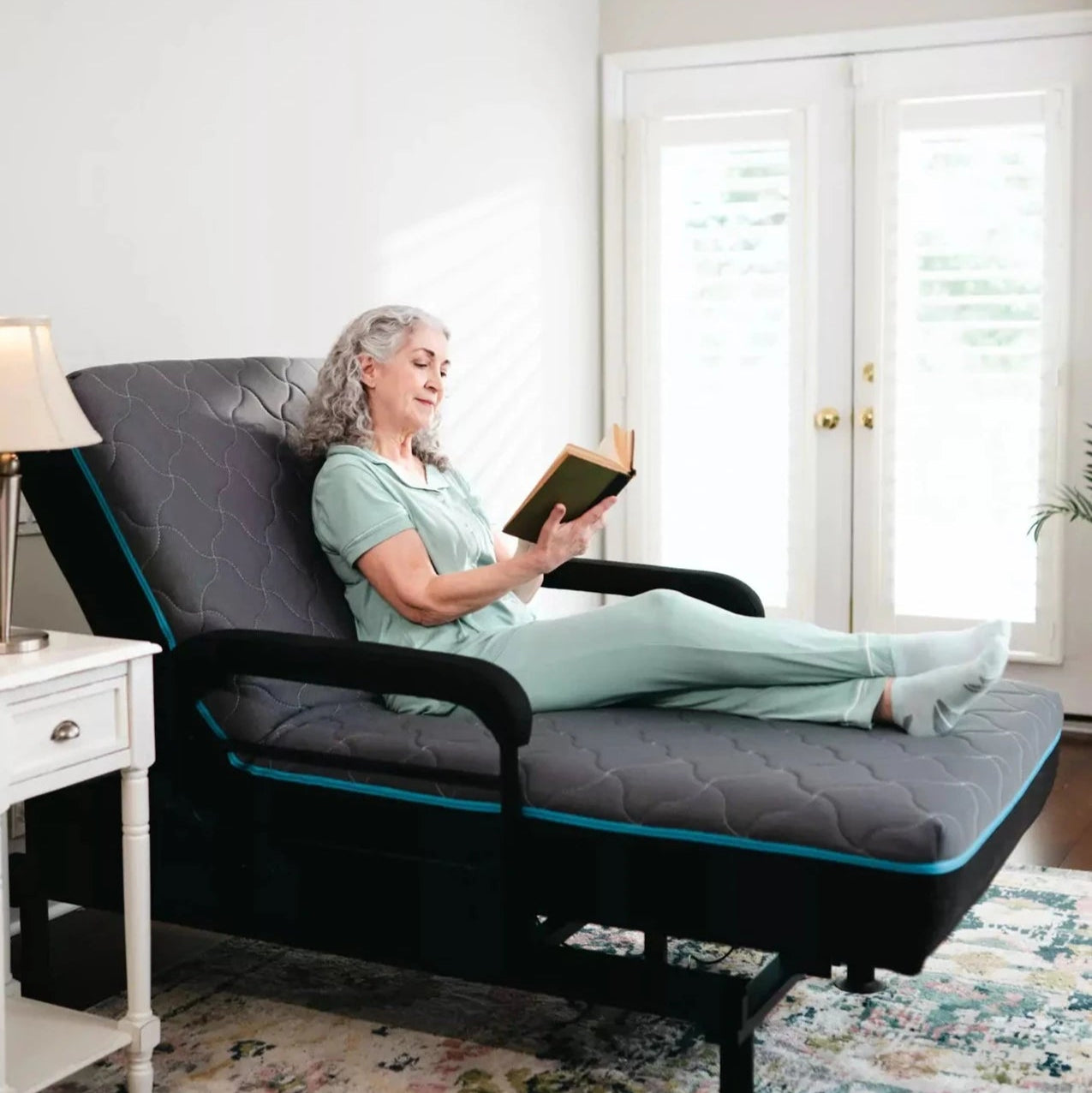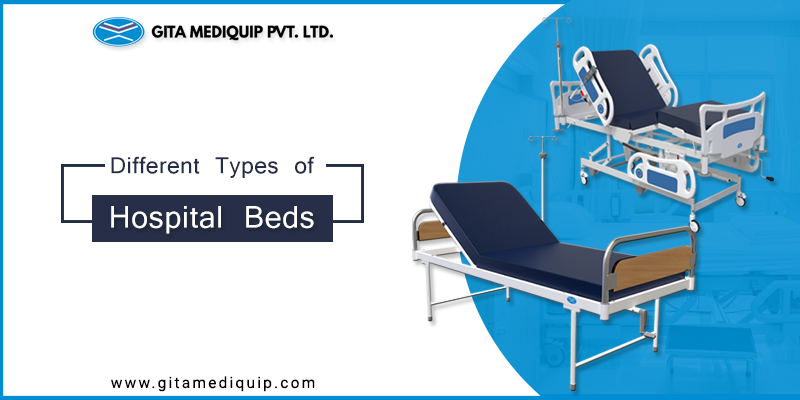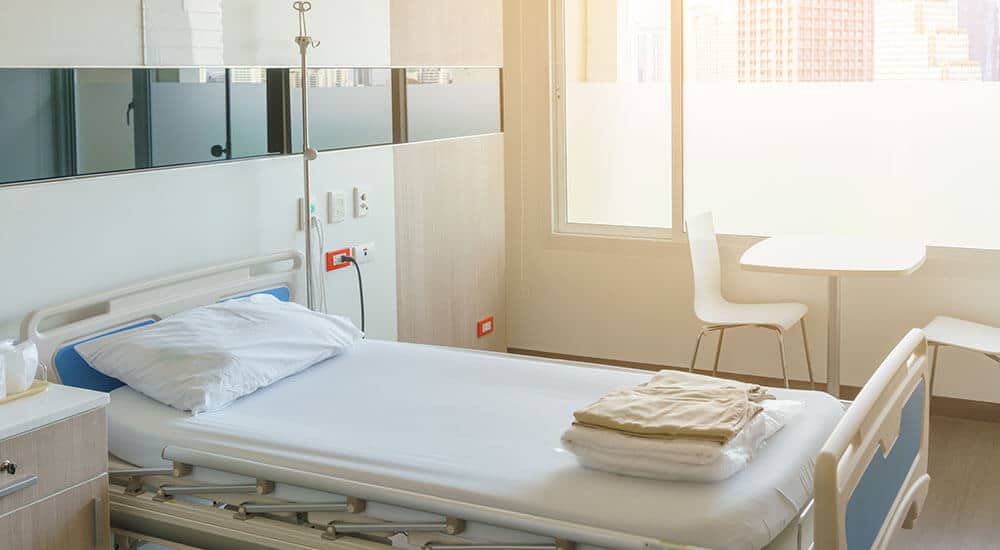The Definitive Guide to Hospital Beds For Home Use
The Definitive Guide to Hospital Beds For Home Use
Blog Article
The Ultimate Guide To Hospital Beds For Home Use
Table of ContentsThe 20-Second Trick For Hospital Beds For Home UseThe Basic Principles Of Hospital Beds For Home Use Some Known Facts About Hospital Beds For Home Use.What Does Hospital Beds For Home Use Mean?How Hospital Beds For Home Use can Save You Time, Stress, and Money.Getting The Hospital Beds For Home Use To WorkAn Unbiased View of Hospital Beds For Home Use
There are 3 major types of medical facility beds: handbook, semi-electric, and fully-electric. These beds use hand cranks to readjust the bed's height and increase and decrease the head and the foot.
Semi-electric beds have an electrical motor to raise and reduce the head and foot parts of the bed. People and caregivers readjust the placing by pushing buttons utilizing a hand necklace. The elevation of the bed is changed by hand with a hand crank. Full-electric beds have an electric motor that can increase the head and foot areas of the bed along with the whole height and positioning of the bed.
Hospital Beds For Home Use - The Facts
Some designs can also relocate right into even more placements, such as the Trendelenburg (tilt) placement. There are numerous types of medical facility beds, each made to meet details client needs. Right here are some common types: This is one of the most common kind of health center bed, created for general clinical usage. It has a handbook or electrically flexible headrest, footrest, and height.
Reduced to the ground than a common bed. This kind of bed is created for larger clients, with a bigger framework and higher weight capacity than a typical bed. This sort of bed is created particularly for kids, with smaller sizes than a typical bed. Unique features such as complete length side rails and animation style.
This kind of bed is designed for seriously ill individuals that require open surveillance and specialized clinical devices such as ventilators and mixture pumps. This kind of bed is designed for usage throughout labor and shipment, with adjustable positions and attributes to support the mommy and baby during the birth procedure.
Hospital Beds For Home Use - Questions
Several feature and the accessories carry out broadening traction to various components of the vertebra and the extremities without moving the human body. These are just a few examples of the sorts of healthcare facility beds readily available. The certain type of bed made use of will depend on the person's condition, medical needs, and other aspects.
Here is the point you need to recognize. A one-function hospital bed is a medical bed that enables a person to relocate just the head or foot area up or down. A 2 feature healthcare facility bed normally describes a sort of clinical bed that has 2 adjustable features to assist patients in hospitals or treatment centers.

Facts About Hospital Beds For Home Use Revealed
A 7-function ICU bed is a kind of clinical bed that offers a number of adjustable functions to sustain critically ill clients in an intensive treatment system (ICU) (hospital beds for home use). The 7 features commonly include: Back-rest change: The back-rest can be changed to numerous angles to help the client sit up or rest pleasantly
Elevation modification: The bed can be increased or decreased to make it simpler for individuals to enter and out of bed, and for caregivers to provide treatment. Trendelenburg position: The whole bed can be slanted to advertise blood circulation and circulation in the body. Reverse Trendelenburg placement: The bed can additionally be slanted in the contrary direction to advertise blood circulation and blood circulation in the top body.
1. What Size is a Hospital Bed? 2. Just how Much Does a Medical Facility Bed Cost? 3. Why Do Hospital Beds Have Side Rails? 4. What Are The Key Hospital Bed Parts?. While even more budget friendly than electric versions, these beds call for exertion for changes. The primary advantages of hands-on beds are their price and reliability, as they do not rely upon electrical energy. The demand for manual effort can be a restriction in situations where quick modifications are necessary or where caretakers face physical difficulties.
The Greatest Guide To Hospital Beds For Home Use
They are appropriate for individuals that require very little rearranging for comfort or clinical requirements. Semi-electric medical facility beds provide an equilibrium of guidebook and electrical controls. The head and foot areas are commonly readjusted with electrical controls, while the elevation is readjusted by hand. These beds supply an optimal center ground in between manual and totally electrical options, providing convenience of usage without the read here complete cost of electric versions.
Semi-electric beds are fit for clients who need modest modifications to the head and foot Extra resources areas but can manage without regular elevation changes. This makes them an affordable option for those looking for comfort and benefit without the requirement for consistent repositioning. Fully electrical health center beds feature electric controls for seamless changes to the height, head, and foot sections.
Specialty healthcare facility beds, such as ICU beds, long-term treatment beds, and bariatric beds, are very carefully created to deal with certain medical needs. These beds provide customized care for varied person groups, boosting both outcomes and comfort. In the following sections, we will discover the major kinds of specialty hospital beds, outlining their details advantages and applications.
With years of experience in producing electrical linear actuators - hospital beds for home use and close collaboration with the health care sector, TiMOTION is well-positioned to offer reliable health care options. Our vertically integrated business takes care of every step of the production procedure, from layout to actuator setting up, guaranteeing we deliver outstanding worth and personalized services customized to your details requirements
How Hospital Beds For Home Use can Save You Time, Stress, and Money.

To find out more about incorporating these technologies into your items, call us today. Additional reading:.
Data is sourced from the Medicare Cost Record. Accessed January 2025. Short-term severe care hospitals have the highest possible typical variety of beds at 187. They are the most usual sort of healthcare facility in the U.S. and compose greater than 50% of U.S. healthcare facilities. Children's hospitals have 178 beds on average and VA health centers ordinary 175 beds.

Hospital Beds For Home Use - Truths
A healthcare facility bed is a bed made especially for clinical functions. It is not just a location for patients to rest, but likewise a system for clinical procedures. Unlike regular home beds, medical facility beds normally have adjustable attributes, which can facilitate medical staff to make numerous changes according to the requirements of clients, such as transforming the height, disposition, and support angle of the back and legs of the bed.
Report this page